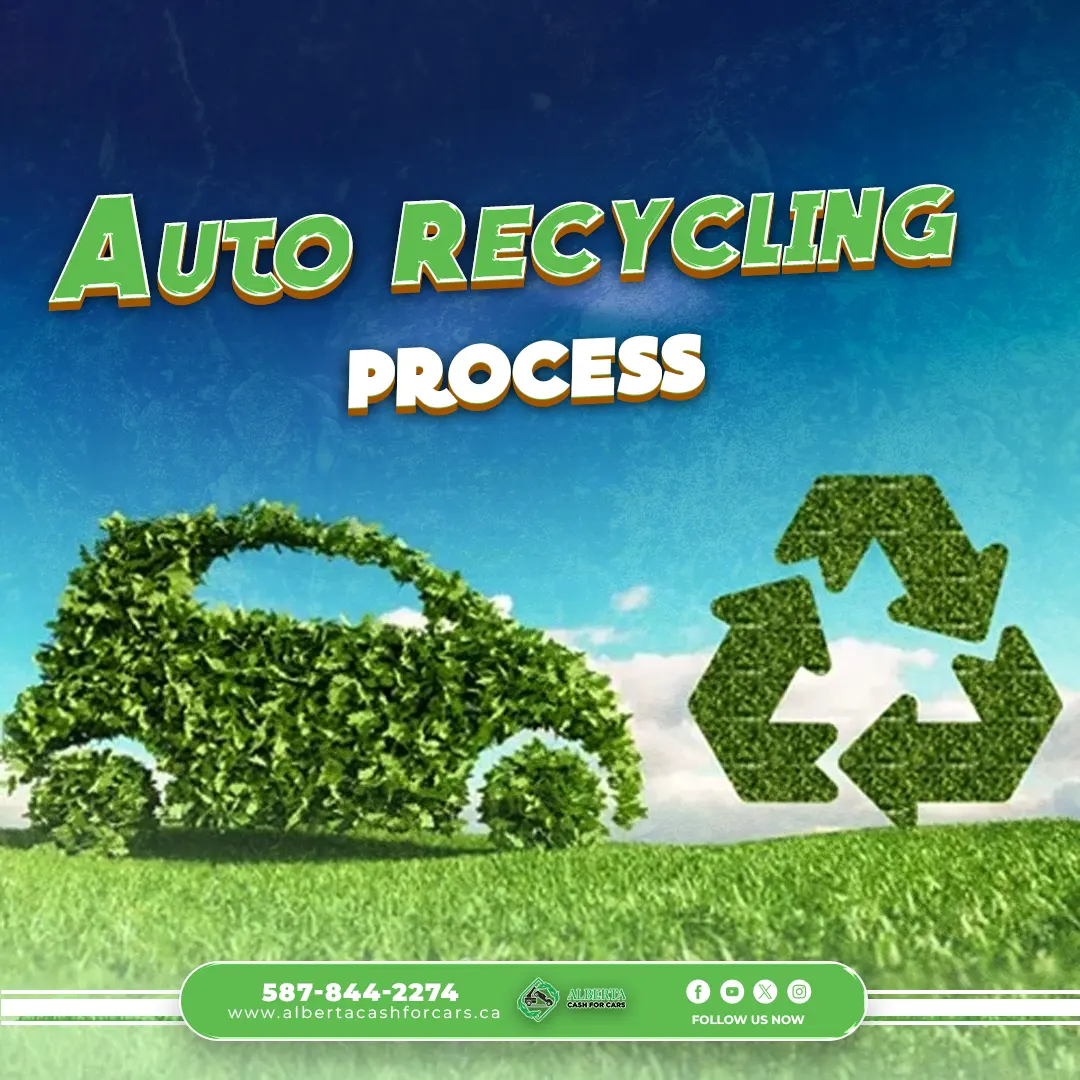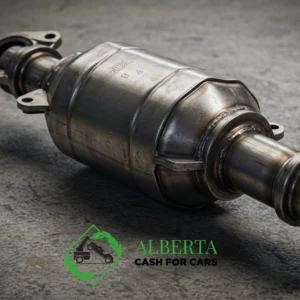You’re not the only one who has come across the term “auto recycling” but is unsure of what it means. Let’s put some more light on the situation. Recycling a car is removing it off the road and reusing any parts that are still functional. The residual metal is then offered for scrap sale.
Recycling used cars is good for the environment and your bank account. By recycling your old vehicle, you can get cash for cars Calgary in return. There won’t be any towing or disposal costs for you to worry about. Additionally, you can be proud of your involvement in environmental preservation. Recycling cars is a win-win situation for everyone concerned!
If you’re curious about auto recycling and want to learn more, including how it’s done, you’re in luck. This essay will give readers a thorough understanding of the auto recycling industry.
No Hassle, Just Cash — Book Your Free Pickup or Quote Today!
What is Auto Recycling?
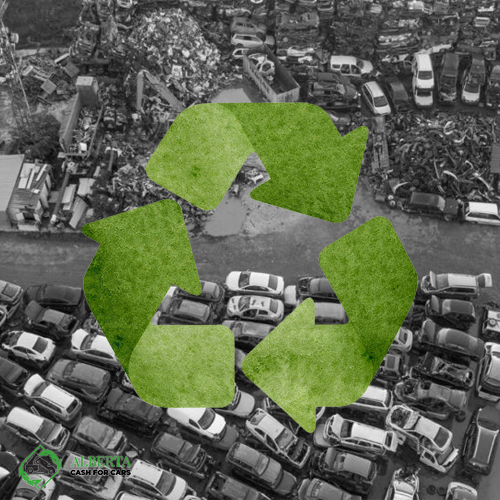
At its core, auto recycling is a dismantling industry that contains auto recyclers, salvage yards, parts recyclers, and suppliers. The process is fairly straightforward. Auto recyclers purchase new, old, damaged, post-accident, inoperable, and end-of-life automobiles from the general public for payment. They then take these cars, strip them of any working parts, clean and restore them, and resell those parts to the public. The remainder of the car that cannot be used for components is crushed by a car crusher to minimize the overall size of the steel and metal. The crushed steel is then sold to a steel mill, where it is recycled and reused to make new automobiles and other steel-based products.
The Auto Recycling Process
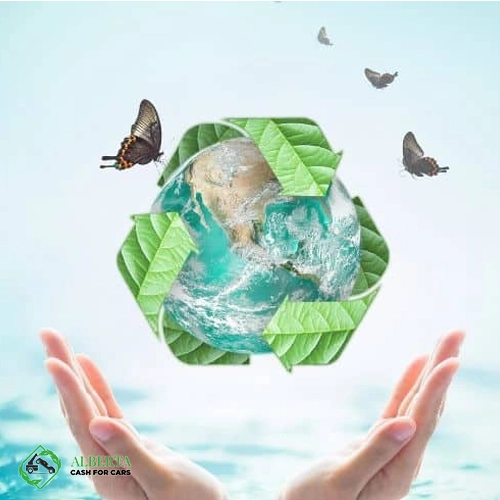
The steel recovered from recycled cars can make nearly 13 million new vehicles yearly. Renewable materials from cars, trucks, SUVs, motorcycles, and other vehicles are reused by auto recyclers in a multi-stage process to reach this figure. An overview of the basic processes used by car recyclers to recycle a car is given below:
Pollution Removal
To ensure that liquids are properly disposed of, they are removed from recyclable vehicles before the car recycling process begins. Scrap yards selling used car components often begin recycling by removing the fluids.
Removing engine fluids can speed up the auto recycling process and make it safer for salvage yard customers to remove parts from vehicles. As a result, the risk of fire in the salvage yard can be reduced, and the inhalation of unpleasant odors by customers can be avoided.
Removing useful parts
The time and energy required to dismantle the scrap metal and transport it to a recycling facility can be reduced for auto recyclers by sending reusable cars to a salvage yard first. In addition, customers at scrap yards will often remove components that the recyclers may not be interested in buying, such as plastic reservoirs, rubber hoses, and tires, to use in their cars.
Vehicle frame shredding
The remainder of the car, including the body, frame, and non-reusable elements, is shredded into little pieces after the reusable parts have been taken out.
Sorting
These pieces are then sorted according to their composition, such as whether they contain steel, aluminum, or copper. Sorting is essential to ensure the materials are recycled correctly and can be used to make new goods.
Mix metals
To strengthen the scrap metal and make it ready to be molded into a new car frame, it is mixed with other metals before being sent to car manufacturers.
Sending to producers
The scrap metal is then returned to the car manufacturers after being combined with other metals to make new car frames, which are likely to be used in developing a future range of vehicles. Manufacturers benefit from using auto-recycled metal because it is less expensive than new metal. It helps the steel sector by reducing pollutants in manufacturing facilities.
Why is Auto Recycling Important?
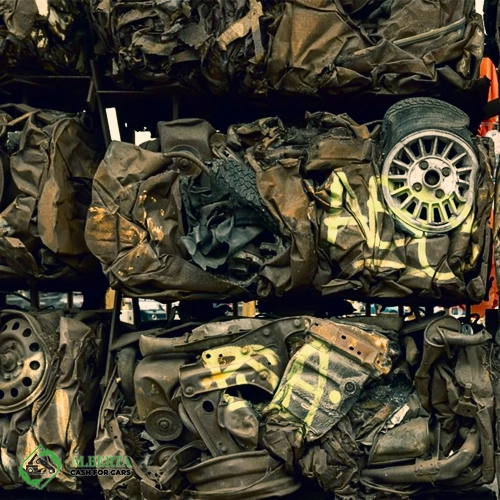
The recycling of vehicles is, therefore, an essential task. To ensure that toxic waste is reduced in the environment, it is also vital to handle it effectively. These vehicles must be disposed of by experts who know how to properly dispose of hazardous materials such as petrol, coolants, and brake fluids. The following are some of the key reasons why remanufacturing cars is important:
Conserving natural resources
If the materials from the car are properly recycled, the environmental benefits are significant. Since many car components are made of steel, it can significantly contribute to conserving our natural resources. Instead of extracting fresh fossil fuels, we can extract pounds of iron ore, coal, and limestone for every ton of steel.
Reducing pollution
As well as protecting our natural resources, auto recycling helps the environment by reducing air and water pollution. The impact of disposing of car parts in landfills is lessened, and lakes and rivers are not contaminated.
Disposing of other car parts, such as tires, fluids, and other materials, can significantly impact the environment. Materials such as lead, acid, and mercury batteries can end up in landfills, lakes, and rivers if not recycled properly, increasing pollution. Car recycling is therefore strongly recommended to reduce the likelihood of environmental damage.
Auto recycling helps salvage companies.
If you sell your car to an auto recycling company, they will be in a better position to recycle the parts of your car for sale. By dismantling a car into its parts, it is possible to recycle and reuse certain parts to make new goods or replacements rather than buying expensive ones. In addition, recycled cars produce enough steel each year to make new cars, saving valuable resources.
Auto recycling avoids excessive energy consumption.
Scrap metal, especially steel, uses less energy than making new steel because it can be used to make new cars yearly. As the components already exist, less energy is needed to make more products. The car recycling of end-of-life vehicles is a major contribution to sustainability, and with significant energy savings, we can positively impact the environment while continuing to industrialize.
What Happens to a Car After Recycling?
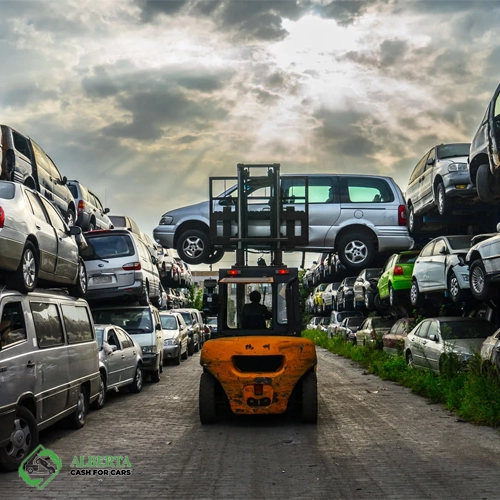
After a car has been recycled, the different materials are separated and transported to various facilities for further processing. Here are some examples of where the different materials can be of use:
Metal
Aluminum and steel from the car are crushed into cubes or flat pieces and sent to steel mills for recycling. These scrap metals may eventually reach car manufacturers and, after further processing, be used to make new car frames mixed with other metal components to strengthen them.
Plastics
Plastics are categorized before being fed into extruders. These heat the plastic until it becomes a liquid that can be molded into different shapes. Some recycling facilities offer a ‘straight to product’ service, where molten plastic is formed into the shapes required by specific businesses.
For example, for use in the construction industry, the plastic may be formed into long lengths. Other recycling facilities use recycled plastic to make plastic pellets. These pellets can be melted alone or combined with other materials and molded into new shapes before being sold as recycled material.
Glass
Most glass is recycled by breaking it into cullet, cleaning it, and sorting it by color. The cullet is then combined with sand and other raw materials and heated in a furnace to make new glass. This method of using a cullet reduces the raw materials glass manufacturers need.
Tires
The tires are converted into oil using pyrolysis technology, a thermal decomposition process caused by extremely high temperatures, and are often sold for heating furnaces. Old tires can also be used in ways that don’t involve mechanical recycling.
Batteries
Lead is extracted from the car’s lead-acid batteries. It is then used in battery recycling plants to make new batteries.
Catalytic converters
Catalytic converters have metals such as platinum, rhodium, and palladium that are still useful even if they don’t work anymore, that’s why stealing a catalytic converter is a big challenge. Manufacturers can use these materials in the catalytic converter to make new electrical components or even jewelry.
Related Post:
The helpful Catalytic Converter Scrap Value Guide
Advantages of car recycling process
The recycling industry is looking for new ways to reduce waste and protect the environment. One of the advantages that the recycling industry has created for us is related to car recycling process. In fact, by recycling vehicles, its parts and materials can be reused, and a large amount of metal and plastic waste can be kept away from landfills. The important point about this is that recycled components are cheaper than new parts. They produce less carbon, so car recycling will have a positive impact on the net carbon budget.
Car recycling process contributes a lot to the economy in addition to being environmentally friendly. With this, recycling industry businesses are supported and new products can be produced from recycled materials. Also, by increasing the life of a vehicle, the recycling industry can reduce the emission of emissions produced by transportation.
Car parts recycling place
If you plan to recycle your car and you want to find out “how to recycle my auto”, there are several options for you. You can sell your car to a junkyard, sell parts of it yourself, or donate the car altogether.
Selling the car to a junkyard
Selling a car to a junkyard does not make them take the car to a landfill. Junkyards resell usable car parts and then break down the car into recyclable materials. They recycle most auto parts, including used engine oil, steel frames, and more. This option is the easiest way to ‘how to recycle my auto”. Based on the size and condition of your car, the amount you pay will vary.
Sell or recycle auto parts personally
The second answer to “how to recycle my auto” is to sell the car parts separately or recycle them yourself. This option has the potential to create the most value for your vehicle. However, you should also have some mechanical experience along the way, and spend some time researching what you can get for different parts. Selling several parts of the car can make more sense than sending the car to the junkyard.
Donate your car
You can donate your car, whether it is drivable or not. The organization that receives your car may use the car or divide it into different parts and sell it for scrap. If sold for scrap, junkyards will mostly recycle the parts.
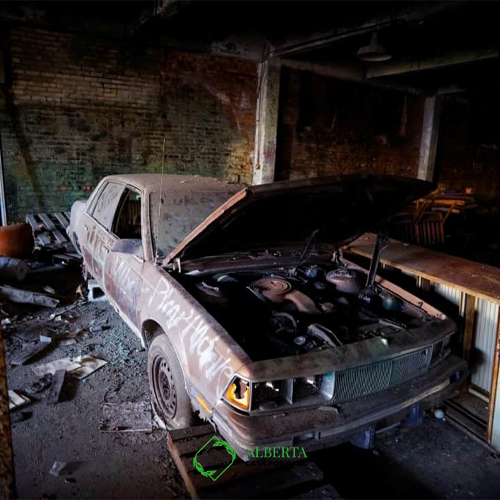
Find salvage yards and car recycling centers
The easiest way to do this is to find an automatic life saver. You can take your car to the salvage and they will consider your car for sale according to its most valuable parts. In general, salvage yards are looking for your scrap cars because they have valuable parts and auto metal is a good source for them. The reason for this is that 90% of steel is recycled. Steel production is a resource-intensive process. Steel recycling avoids the steps of iron extraction and refining, thus it is very valuable.
One of the ways you can go about recycling your car is to look for the nearest car recycling center. You can find many of these centers by searching online. Also, some of them can be found through classified ads, social groups that are special for car recycling.
When you find several options for car recycling process, you should consider researching each of them so that you can choose the best option for your needs. Note that you should inquire about things like price, convenience and the type of services that each of them provides.

What are the advantages of buying used car parts?
You don’t need to be a professional mechanic to enjoy the benefits of buying used auto parts for repairs. Even if you are a professional mechanic yourself and want to restore a classic car, a used parts supplier company and also auto recycling Calgary can be a very good partner for you. You might think that the only benefit of used car parts from a car dealership is the price you are paying. But you should know that there are more benefits in this case. In the following, auto recycling Calgary will state some of the advantages of buying used car parts that have been recycled:
Total cost
According to the type of dealership, car repair shop or car parts dealer, the prices for car parts are completely different. As a result, if you need to replace a part of the car, you should trust your source before paying.
Access
A recycled car can be a perfect source of parts you may need. Usually, these cars have been abandoned by their owners, but parts of them can still be used.
Compatibility and quality
When you buy new parts for your car, it may not have the same quality as the original part. In such a situation, a healthy used part that is specific to the same brand and model of your vehicle is much better and can be replaced according to the conditions.

Conclusion
In summary, car recycling is an important process involving dismantling and recycling end-of-life vehicles to recover valuable materials and reduce environmental impact. The process involves removing hazardous materials and fluids, shredding the remaining components, sorting the materials by type, and smelting them into new products. Auto recycling promotes environmental sustainability. It conserves natural resources, creates jobs, and protects public health and safety. After recycling, the materials are sent to various facilities for further processing, such as melting and transforming into new products. By using our resources responsibly and protecting the environment for future generations, auto recycling is a critical step toward a sustainable future.

